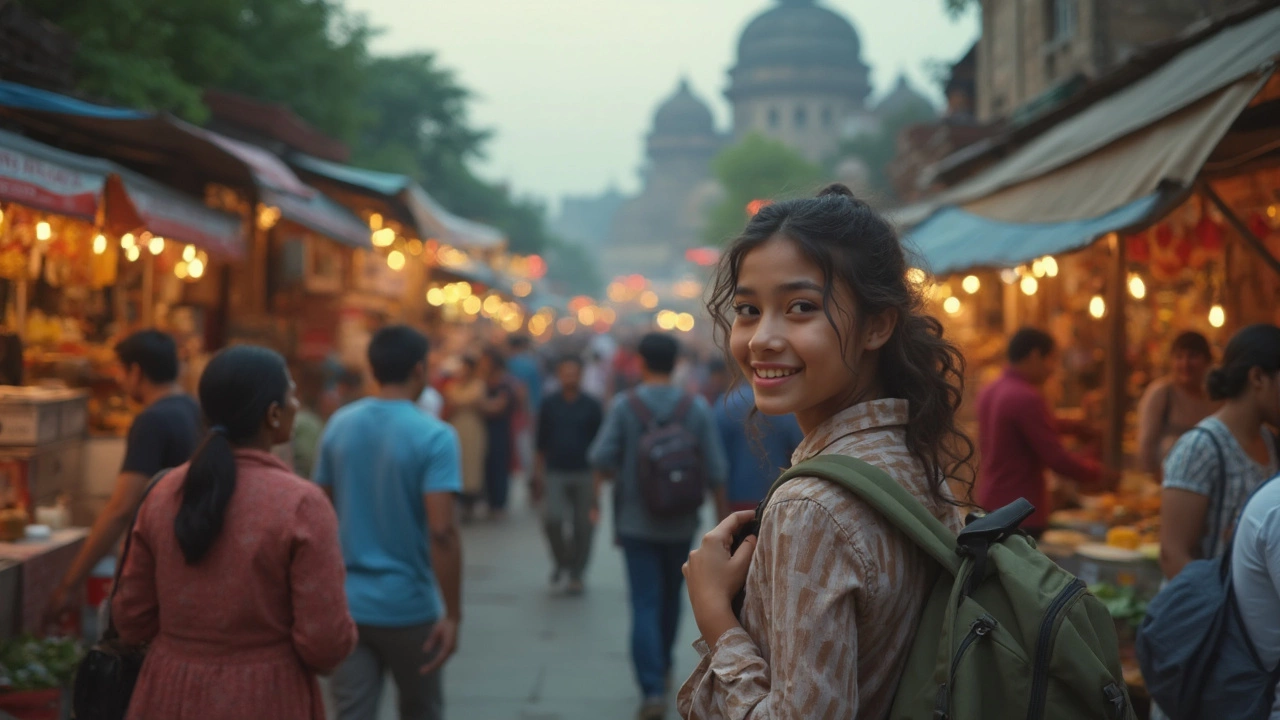SEARCH
Solo Travel India: Practical Tips for a Safe, Fun Journey
If you’re thinking about exploring India on your own, you’re not alone. More travelers are choosing solo trips for the freedom to set their own pace. Below you’ll find advice that helps you plan, stay safe, and keep costs low, so you can enjoy every moment without worry.
Planning Your Solo Trip
Start with a clear idea of how long you’ll be on the road. A 10‑day itinerary lets you hit a mix of culture, nature, and city life without feeling rushed. Pick a few anchor cities—like Delhi, Jaipur, or Kochi—and build day trips around them. This reduces travel time and makes logistics easier.
Book accommodation early, especially if you travel during the peak season (October‑March). Hostels, guesthouses, and budget hotels are great for meeting other travelers. Look for places that offer 24‑hour reception and lockers; they add an extra layer of security for solo adventurers.
Budgeting is simple when you break expenses into categories: transport, stay, food, and activities. A typical daily cost ranges from $30‑$60 depending on the region. Use the easy formula: (transport + stay) × 1.2 + food + activities = daily budget. Adjust the numbers to match your comfort level.
Staying Safe and Smart on the Road
Safety starts with common sense. Keep a copy of your passport and a digital backup in your email. Carry a small amount of cash and use a travel card for larger purchases. When you’re out at night, stick to well‑lit streets and trusted transport options like app‑based cabs.
Blend in by dressing modestly, especially in more conservative areas. A lightweight scarf can double as a cover‑up and a useful accessory for sudden weather changes. Trust your gut—if a situation feels off, move to a nearby café or shop.
Stay connected. Purchase a local SIM card with data; it’s cheap and lets you use maps, translation apps, and emergency contacts. Share your itinerary with a friend back home and check in regularly.
When it comes to food, street snacks are a must‑try, but pick stalls with a steady flow of locals. Freshly cooked items are less likely to cause stomach issues. Carry a small pack of oral rehydration salts just in case.
Transportation tips: Trains are affordable and offer sleeper options for long distances. Book tickets in advance on the IRCTC website to avoid last‑minute hassles. For short hops, buses and shared auto‑rickshaws are cheap but confirm the route with the driver before boarding.
Lastly, be open to meeting fellow travelers. Solo travel can feel lonely, but a quick chat at a hostel lounge or a group tour can lead to lasting friendships and shared experiences you might otherwise miss.
India is a diverse, vibrant country that rewards curiosity. With the right preparation, safety habits, and a flexible mindset, your solo adventure can become one of the most memorable trips you ever take.

How Safe Is India for Tourists? North India in Focus
Is it risky to travel through North India? This article digs into real safety concerns, what travelers actually experience, and honest tips for navigating cities and rural spots in India. You'll find up-to-date info about scams, transportation, cultural etiquette, and what solo travelers—especially women—should know. Useful facts and down-to-earth advice help you figure out if India can be both adventurous and safe for your trip. Get beyond rumors and vague warnings to hear what works and what to avoid.
Continue reading